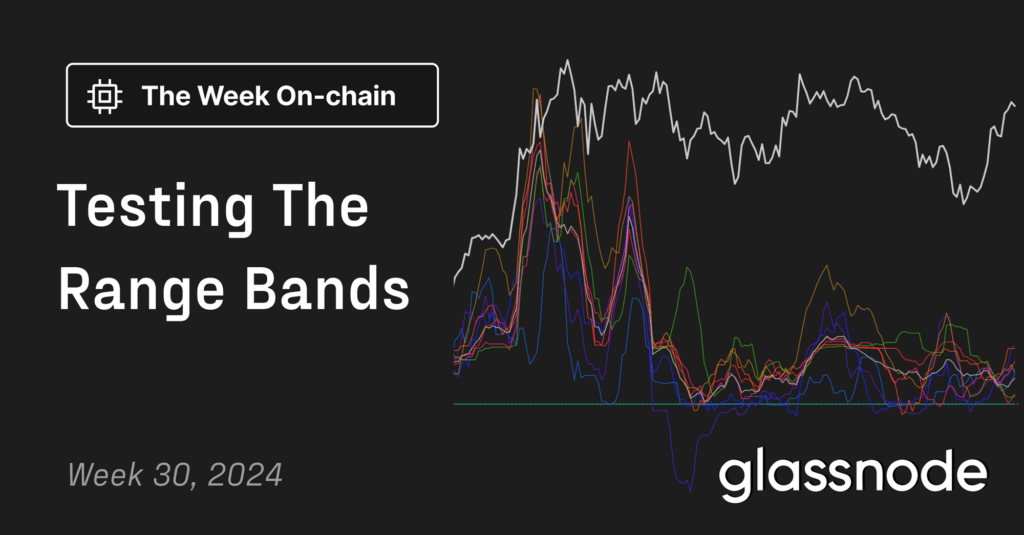Research Summary
The research report provides an in-depth analysis of token economics for Web3 infrastructure networks, focusing on emission schedules. It highlights how these networks have emitted over $10 billion in rewards over the years. The report categorizes Web3 infrastructure networks into those where a decentralized network of service nodes provides resources beyond security, such as compute, storage, message routing, and access control. It also discusses the different roles within these networks, including service nodes, validators, delegators, and gateways.
Actionable Insights
- Understanding Emission Schedules: Emission schedules, which define the rate at which token incentives are distributed to node operators over time, are crucial. They can be fixed or KPI-driven, and either decaying or constant.
- Impact of KPIs: Tying decaying rewards to KPIs around network conditions can be a good middle-ground between being stuck with an upfront-fixed schedule and capricious governance. However, it requires more complicated technical implementation.
- Constant Emissions: Constant emissions provide an equal playing field regardless of when nodes join the network. They require either unlimited total supply or a separate burn mechanism.
- Role of Governance: Governance plays a crucial role in adjusting emission schedules. Networks like Pocket and Akash regularly revisit and adjust their monetary policies and parameters.











